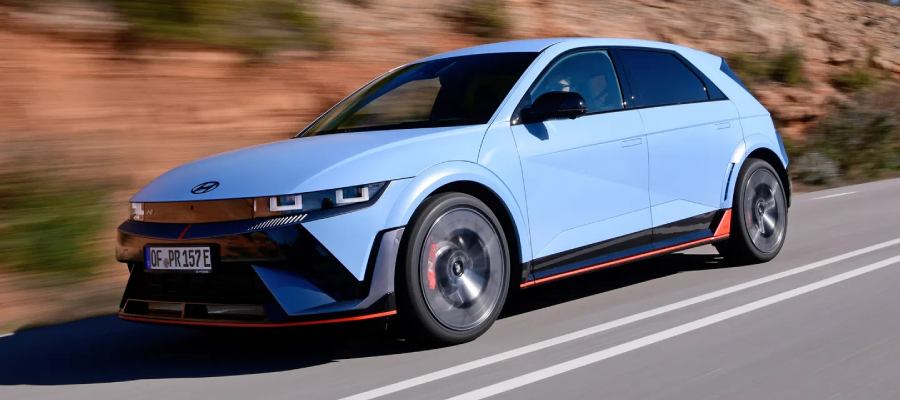
Active Sound Design (ASD) is a technology used in modern vehicles, particularly electric vehicles (EVs) and some internal combustion engine (ICE) vehicles, to enhance or create sound experiences within the cabin. For EVs, which naturally lack the engine noises associated with ICE vehicles, ASD can generate artificial motor or driving sounds to enrich the driving experience and provide auditory feedback, which can be crucial for driver perception of speed and acceleration.
In ICE vehicles, ASD is often employed to amplify or modify the engine’s natural sound, making it more appealing or sportier to the driver and passengers. This technology utilizes speakers inside the vehicle to deliver these sounds, which can often be customized to suit individual preferences or driving modes.
An ASD system introduces little or no additional hardware costs as it uses the same speakers as the audio system, however it generally needs additional processing power, which may require a separate ECU if the infotainment SoC does not have the additional headroom for ASD.
It is mostly used in high performance EVs but can also be included in other cars where a premium audio system is chosen. It is being used as a differentiator for brands and can be to help identify them from others.
OEMs are usually responsible for creating ASD sounds, often using internal sound teams with some partnering with external sound synthesis experts and composers (examples in the table).
One good example of external and internal sound design can be seen in the Hyundai N Active Sound+ solution available in the IONIQ 5 N, this uses 8 internal speakers to create an artificial ICE engine driving experience, and 2 exterior speakers that projects the engine noise outside of the vehicle. Different sound profiles include “Ignition”, “Evolution”, and “Supersonic”, the driver can also simulate gear changes that the interior sound will match.
This article is extracted from a report prepared by SAR Insight & Consulting covering Acoustic Vehicle Alerting Systems (AVAS) in automotive applications, the report provides a detailed review of the market trends, analysis of the market size and forecasts with a focus on systems, software, and components, and a review of the ecosystem of vendors. More details can be found here.


